Every time a road trip plan is pitched, I always suggest heading to Zambales. What’s there not to like? Although, it takes up to 3-5 hours to get there, the drive is done over smooth roads laden with bucolic scenery. Once you reached the first town of the province, you begin to smell the scent of the ocean. Driving through a series of quaint towns, you get to choose from a smorgasbord of charming seaside escapes.
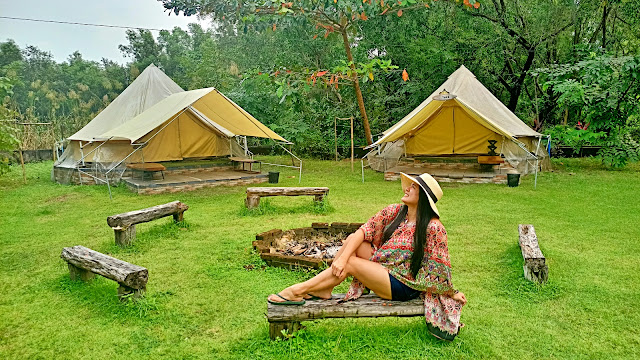 |
| #SurfGlampZambales |
From Pundaquit, Anawangin, and Nagsasa Coves in San Antonio; to Liwliwa in San Felipe; Zambawood in San Narciso; the islands of Magalawa, Capones, Potipot, and the other beaches in Botolan, Candelaria; and the rest of the coastline all the way to the province's edge, you can easily pick a spot and find a wonderful retreat from the city.
Liwaliw sa Liwliwa
Since Zambales is my go-to road trip destination, I’ve been to the province numerous times in the past. This time however — upon the invitation of Department of Tourism Region 3 — is my first time to be spending a couple of nights in Sitio Liwliwa, a bustling bohemian community favored by beach bums, surfers, artists, yogis, and digital nomads due to its laid-back vibe and lengthy shoreline with waves fit for surfing.
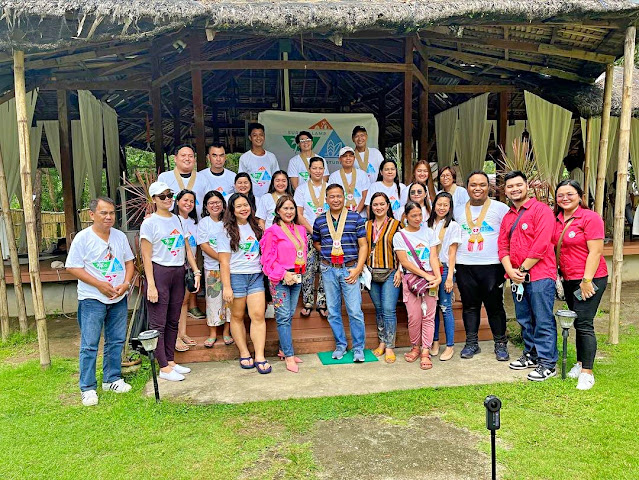 |
| With my fellow participants and organizers of #SurfGlampZambales |
Along with half a dozen other travel writers and content creators, we attended the launching of a new tourism program called “Surf and Glamp Adventure”. The program promotes Zambales not only as a surfing destination but also a location to enjoy a unique stay called glamping, a more luxurious form of traditional camping.
Staying at the Glamp
Part of the new tourism program is of course, staying in a glamping place. What better than in a new property known as The Glamp. A few moments upon arriving, I could see that it was designed with families in mind. I can imagine a whole family or even a group of friends enjoying their stay here.
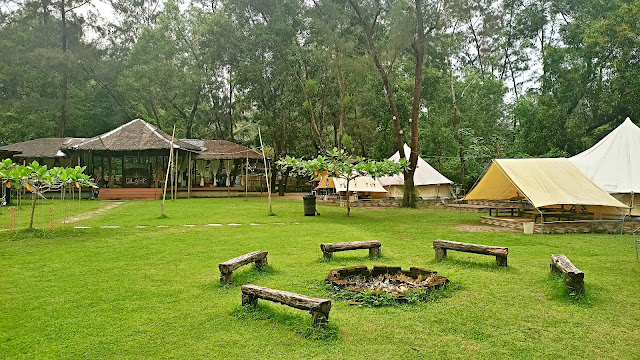 |
| The Glamp provides a big open space for group activities |
To keep the place intimate, the management opted to limit the glamping tents to only 6. Large and medium-sized tents, each with enough room for 4 to 6 guests, are scattered around the sprawling, lawn-covered land.
 |
| Like a movie night |
Ours was the medium-sized one I shared with fellow travel writer Jon and video content creators JC and Ambo. Four mattresses fit conveniently inside our tent, which is high enough to stand on the center, with extra spaces for our stuff. Every tent has its own air-conditioning, an outlet and lighting.
 |
| Roomy for four person |
A short opening program was also held here where the DOT Region 3 Director delivered a speech highlighting the significance of bringing more visitors to Zambales so that they can discover more of the province's cuisine, culture, and abundant natural attractions.
Beach soccer, surfing and nightlife
After settling in and resting for an hour inside our glamping tents, we proceeded on foot to the beach of Liwliwa which is known as a surfing spot. Here, we feasted over satisfying bites of tacos from a seafront nook called Mexican Taqueria in between playing a game of beach soccer.
 |
| Mexican-inspired afternoon snack |
After the game, we tried our knees balancing on surf boards with the supervision from the community surfer guides. Again, these activities in Liwliwa provides a great bonding moment for families and group of friends.
 |
| Surfing time |
Aside from surfing, beach soccer and glamping, the beachfront neighborhood is also popular for yoga, meditation and other holistic health pursuits. If you are a foodie, there’s no shortage of quirky cafes, taverns and food places to choose from (which includes, vegan options).
 |
| Jon of Jon To The World and Karla of Karla Around the World |
By nightfall, we went to another resort called Bali of Liwa. Like the name suggests, the property offers Bali-style bungalows to guests and a large common area ideal for social gatherings.
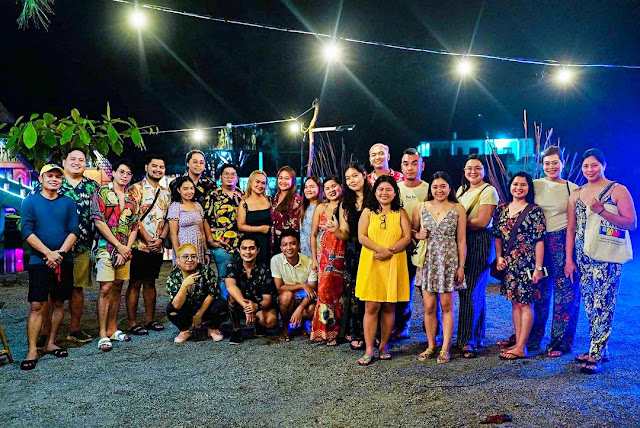 |
| Nobody look drunk yet |
Plates of Filipino all-time favorite fares from Sisig to Sinigang and capping it off with a variety of cocktail drinks, we all lasted almost midnight getting jiggy to the beat of the songs performed by a local band.
Carabao Ride, Swim and Boodle Fight at Lubong Nangoloan Falls
The next day saw us traveling to Lubong Nangoloan Falls also in San Felipe for more nature tripping. We parked the van on the side of the road, and then hopped into a carriage drawn by a carabao.
 |
| Can you spot me in this Groufie? |
Pitying the hardworking animal, we were told that the residents in the hilly region of Zambales rely on carabaos as a mode of transportation — just as camels do in the desert of Jaisalmer, India. In order to supplement the income of the local owners of the carabaos, the provincial tourism office incorporated their service to the waterfalls tour.
 |
| The carabao cart ride to the waterfalls |
We piled into the carabao cart in groups of two, set out across the lush fields, and rode for about 500 meters before arriving at the waterfalls.
 |
| Had a fun dip here |
We were welcomed by the LGU of San Felipe who shared to us their plans to promote the waterfalls as an added attraction in the province. A cultural dance followed performed by an elderly couple. Afterward, I couldn't resist the waters of the multi-tier Lubong Nangoloan Falls and immediately took a refreshing dip.
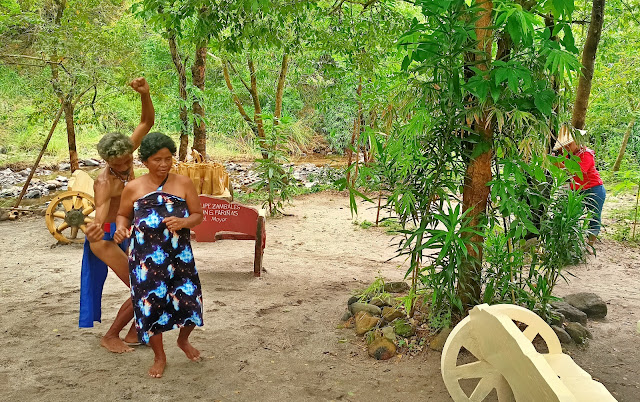 |
| The elderly Aeta couple performed their traditional dance |
We were probably in the water for an hour before we got out and into a nipa cottage where a spread of various viands starring the San Felipe longanisa had us feasting over a boodle-fight.
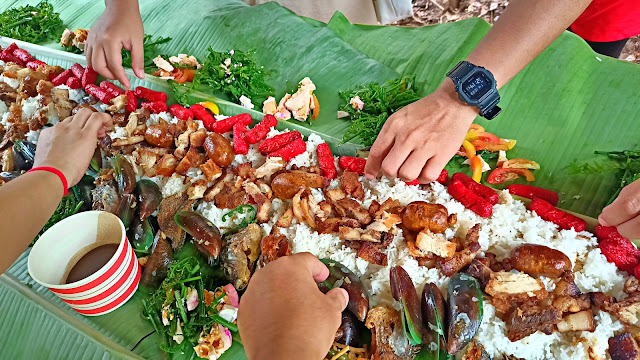 |
| Galit-galit muna |
Shaping a Passion at Mia Casal’s Clay Avenue
Clay Avenue is a passion project of Mia Casal who initially fell in love with pottery, first as a hobby, before realizing how it became a medium for her to relax her mind and spirit. After returning to her roots in San Narciso, Zambales almost a decade ago, she set up her pottery studio finding inspiration from "stargazing and listening to the waves".
 |
| Mia Casal demoed to us how to shape a pot |
Harnessing the positive energy from shaping vessels from clay and ceramic materials, Casal later expanded into a small business by training local potters. Her Clay Avenue pottery studio, which is nestled along an idyllic riverbank amidst lush vegetation, now produces dinnerware, tumblers, pitchers, and vases with only three potter's wheels.
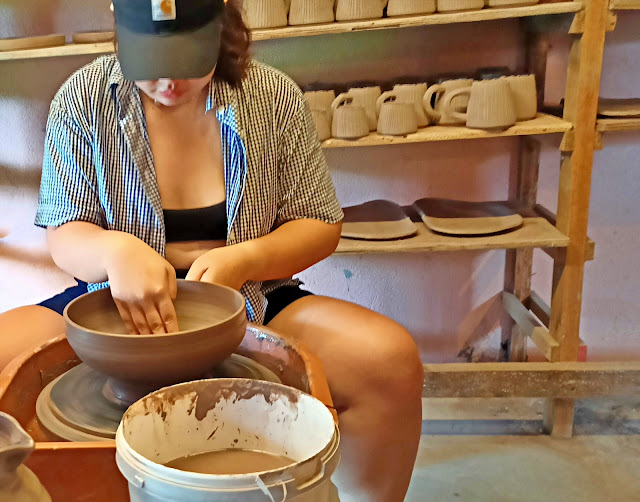 |
| Inah of Windowseat tries her hand at it |
She informed us that once they complete all current orders, they will resume holding pottery workshops in the summer which will comprise of a 2–3-night pottery workshop during the day and hosting participants in their ancestral home in the center of the town.
Kayaking and Mangrove Planting at Bancal River
Adventure Park
Capping off our fun #SurfGlampZambales trip is a scenic kayak ride down the placid waters of Bancal River. A kilometer ride took us to a swampy but flourishing Botolan Mangrove Eco-Park where we each planted a tree.
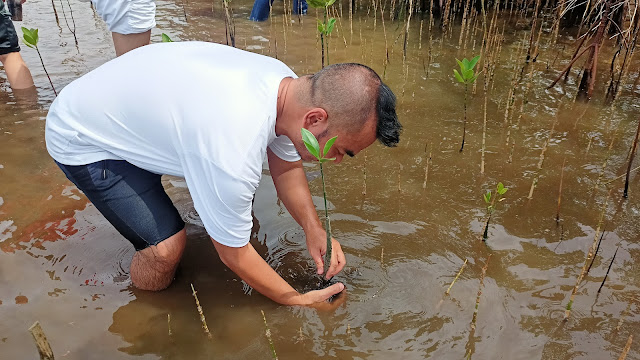 |
| Mag-tanim ay di' joke |
Once we're done rooting baby trees into the muddy soil, I went on another kayak excursion into the mangrove forest, where my guide showed me two mangrove trees that were likely more than a century old. I did a few laps around the area to have a better look before returning back to our resting place.
 |
| The beautiful mangrove trees |
After paddling for a kilometer going to the mangrove forest and another one coming back, I was completely famished when I alighted from my yellow-colored kayak. Fortunately, a buffet of Filipino dishes awaited us at the restaurant located near the docking area.
 |
| Pre-tree planting briefing |
Rounding off our three-day trip in Zambales is a visit to Pawicare in San Narciso. A Pawikan Protection and Conservation Program Center, it aims to protect sea turtles known to lay eggs along the four-kilometer coastline in La Paz, San Narciso.
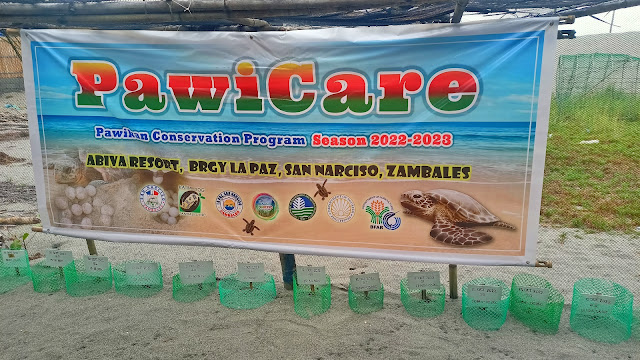 |
| Reminds me of a similar Pawikan Conservation Center in Bataan |
We met the town's Mayor La Rainne Abad-Sarmiento, who shared to us about the volunteer rangers who protects the pawikans when they lay eggs on the beach. Typically, the Pawikan season starts in August and culminates in the hatching period between November and January.
 |
| The long shoreline of La Paz |
We couldn’t leave for Manila without learning a thing or two about Zambales' history and culture. On our drive going back, we stopped by Balin Pamana Botolan Heritage Center in Botolan. The museum displays some of the province's historic artifacts, and an exhibit showcasing the Aeta Way of Life.
A Hangover of Amazing Memories
Despite a terrible hangover I had the morning after our last night’s party at our second home in Haven Campsite, I also brought home with me another amazing set of wonderful memories set in the province of Zambales. To experience it with old and new friends alike makes it more remarkable.
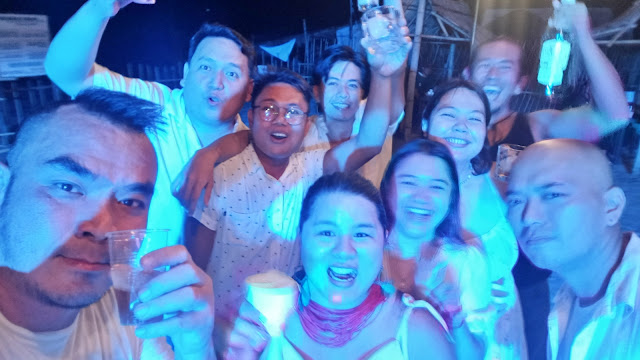 |
| Zero drunk person in this photo |
I guess, next time someone bring up the idea of a road trip. You know for sure what my suggestion would be: Zambales, it is.























